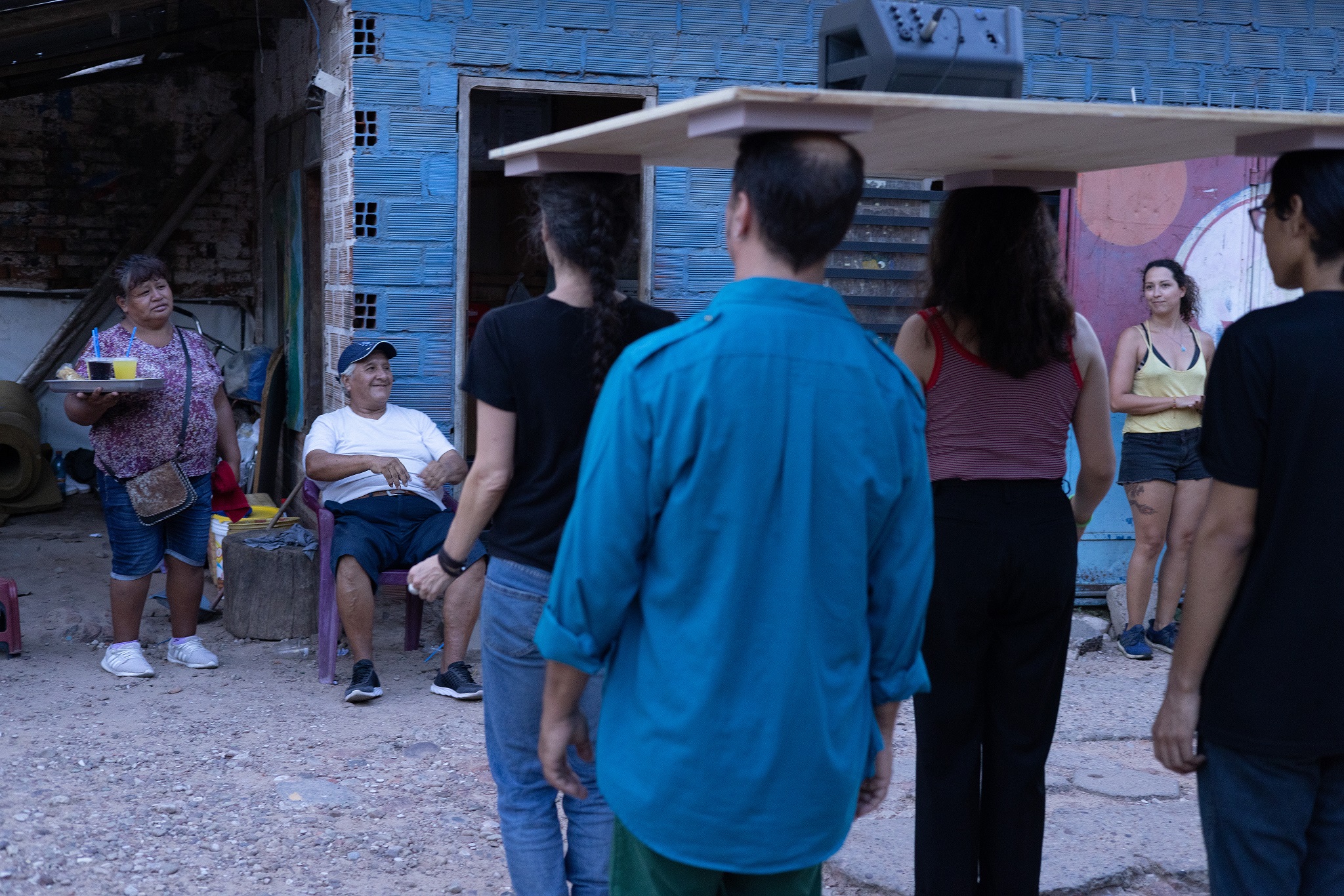Javier Zugarazo: How do you understand the relationship between the body and knowledge?
The Body as a Fertile Place to Produce Knowledge
Fernanda Barreto (São Paulo, Brazil, 1988) is an artist, translator, and cultural manager interested in educational and pedagogical practices. Her research focuses on language within communication practices, collective enunciation, and social structures, making use of different media to answer them.
Fernanda Barreto: As an artist, the body has always been a central axis, a fundamental place from where I depart or land. Many of my reflections derive from the process of experiencing situations, from experiencing phenomena, social, climatic, or political events. The body has always been a sort of filter from which I begin to understand many categories that traverse it. I can identify two influential moments when these notions became very clear and firmly held. The first was when I moved to Mexico almost nine years ago—I am from Brazil, where I lived most of my life.
In that process, the categories of being a woman, a white woman, a white migrant woman, a white migrant Latin American woman, began to mean a lot, gaining significant weight and presence. I feel that it is inevitable to start from there, from all this background, to understand who I am, where I stand, and where I am looking.
The other resounding moment was four years ago when I entered the Master of Arts program at the Faculty of Arts and Design of the National Autonomous University of Mexico (UNAM). I had never been so close to the academy in terms of knowledge production processes; for me, information had always been much freer and closer to the art world than to academia. So, of course, when I entered the master’s program, I understood that these notions I was bringing regarding the body had very little space there. This really jumped out at me, so there I began to advocate this notion of the body as a central axis, as a place where knowledge is continuously being produced and manifested.
Luckily, I found many allies within this space; many authors are also defending the importance of the body. And when I speak of the body, I speak of all the subjectivity that it entails—which is another category that is not quite well regarded within academia but, for me, it was unthinkable to dissociate myself from that. I also like to talk about the collective body, which means that I don’t only depart from my body as a background but I think of it as a body that is inserted within a web of complex relationships with other corporealities.
What do you take from the artistic strategies and methodologies to bring into the academic realm?
Partly by luck, but also because I tracked them down and looked for them, I have found very good allies within the academy. Especially my tutor has been accompanying my process since my master’s degree, and now that I am studying for my PhD. She has a way of researching that goes through the body, so, she has introduced me to many methodologies to approach artistic research using the body as a means of transmission, reception, and translation of knowledge.
I also rescue all the readings I have done from Silvia Rivera Cusicanqui and Diana Taylor, who are authors that have given me theoretical tools to be able to defend my standing in this place. These authors give a lot of relevance to situated thinking, and to subjectivity as a fertile place to depart.
As for the strategies, I have been generating many experiential devices where experiences are shared collectively, and I draw on reflections from that, not the other way around. That is to say, I don’t start by reading or generating theory to apply it to what I’m doing but rather start from experience.
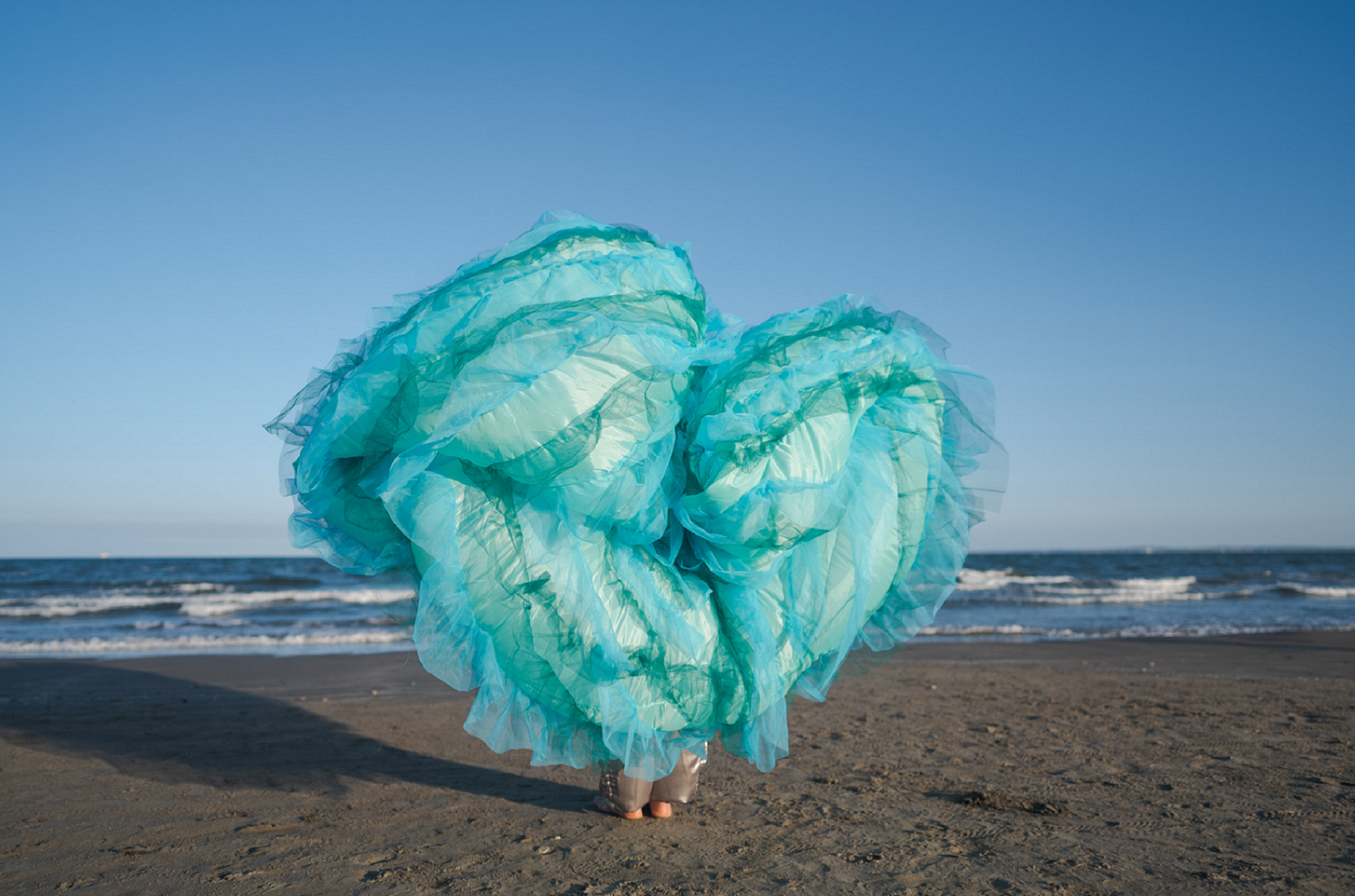
So, how do you put into words these things that are not primarily rational/verbal but move through the sensitive?
That has always interested me a lot, to take the body itself as language. I feel that, in recent years, something that has crossed my reflection is the exhaustion of these discursive instances—not only present in academia but also in the feminist movement or many other places where the discourse has a lot of weight and it very rarely goes through the body. And I feel that I reached a point of being utterly tired of these ways of discoursing about things but not living them, not feeling them. If we don’t go through the whole digestion process to be able to incorporate them, I feel that the resources remain very empty or superficial. It is time we start speaking and communicating in another way, because the body says a lot, all the time.
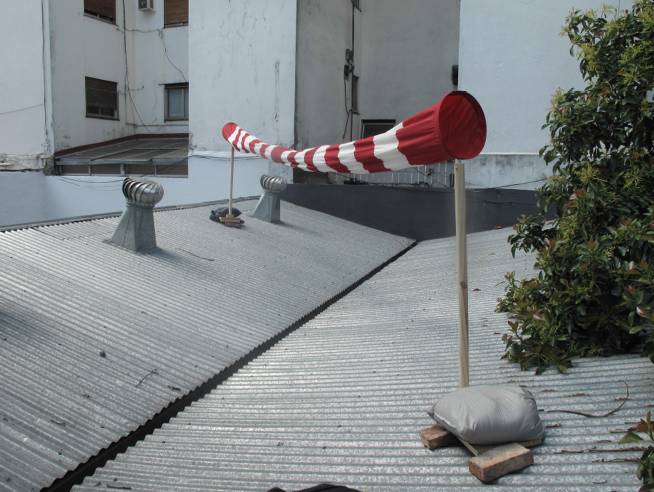


And yet, I feel that this also happens within artistic devices or in the socialization of art: it becomes more discourse than sensation.
Yes, I feel that I have come across a very big challenge now. You see, I generate these experiential devices, which are sort of artifacts where the body is considered as the main medium, but I’m also very interested in collecting the experiences that these bodies live in these devices. So, the challenge I’m finding is how to translate this, how to turn these experiences into some sort of sharable database, to see what kind of language I can find to provide an outlet for that. Grounding all this is an important part; finding methodologies. People are thinking up very interesting methodologies, especially based on listening. For example, you can share many sensations about what happens after living the experience or while you are in it, but after some time, later on, the same day, or a few days later, how do you listen to your own experience? Other reflections are generated from there and these re-listening mechanisms are something that many people in the sound field are implementing.
You recently coordinated the public program of the 3rd Biennial of Arts and Design of UNAM. I wanted to ask you about the name “Caminar la palabra” [Walking the word]. Where did it come from?
"Walking the word" is a concept that comes from the Colombian mingas, a movement of the Andean indigenous peoples. They have many forms of self-organization and multiple ways of generating commons. These people have their bodies to the test all the time in their own territory, in terms of the fact that they are working on the land and defending their territory, because, ultimately, they also have to defend it from a super violent State and even from a society that is also very violent, which questions the ways in which they occupy their own territories. I believe that walking the word comes from action, from leaving this place where the mind is operating toward other places where the word is distributed, reaching other scopes. The word is verb, it is action, it is collective, and that is where we set out from.
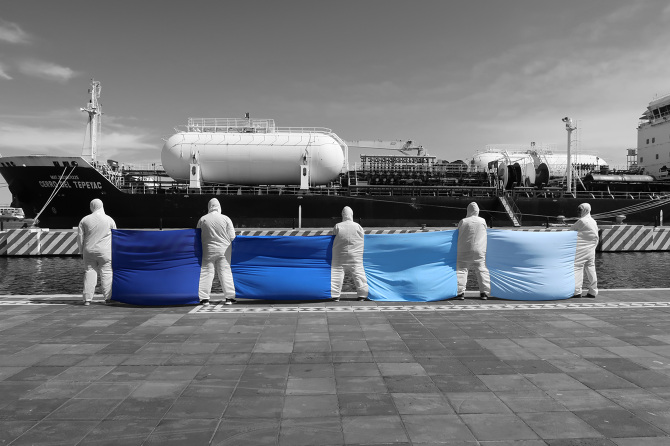
One part of the program was called “Ensayar juntas” [Rehearsing together], and it involved working with collectives to generate common concepts and spaces. In some of these sessions, you incorporated music. What was the purpose of this strategy?
The music provided rhythm to the socialization of questions previously generated collectively, which were being presented in a shared space. It also awakened other perceptions, as it corresponds very much with the body. In general, in all the exercises proposed for the public program, that was a concurring question: What happens with the body there? Many of the meeting formats proposed were strategies to somehow narrow the barriers imposed by technology and understand where these people, these collectivities, lived. We did many exercises, for instance, soundscapes of their localities, which could somehow bring perceptions or particular elements of how they live, their projects, and their own territories. But where or how you live is one thing, and how you share that is another; how do you bring all those things that cross the body to this cold place that sometimes can be the endless Zoom hours? So, in the face of these limitations, many exercises considered other perceptions, and we tried to include them in their ways of living it.
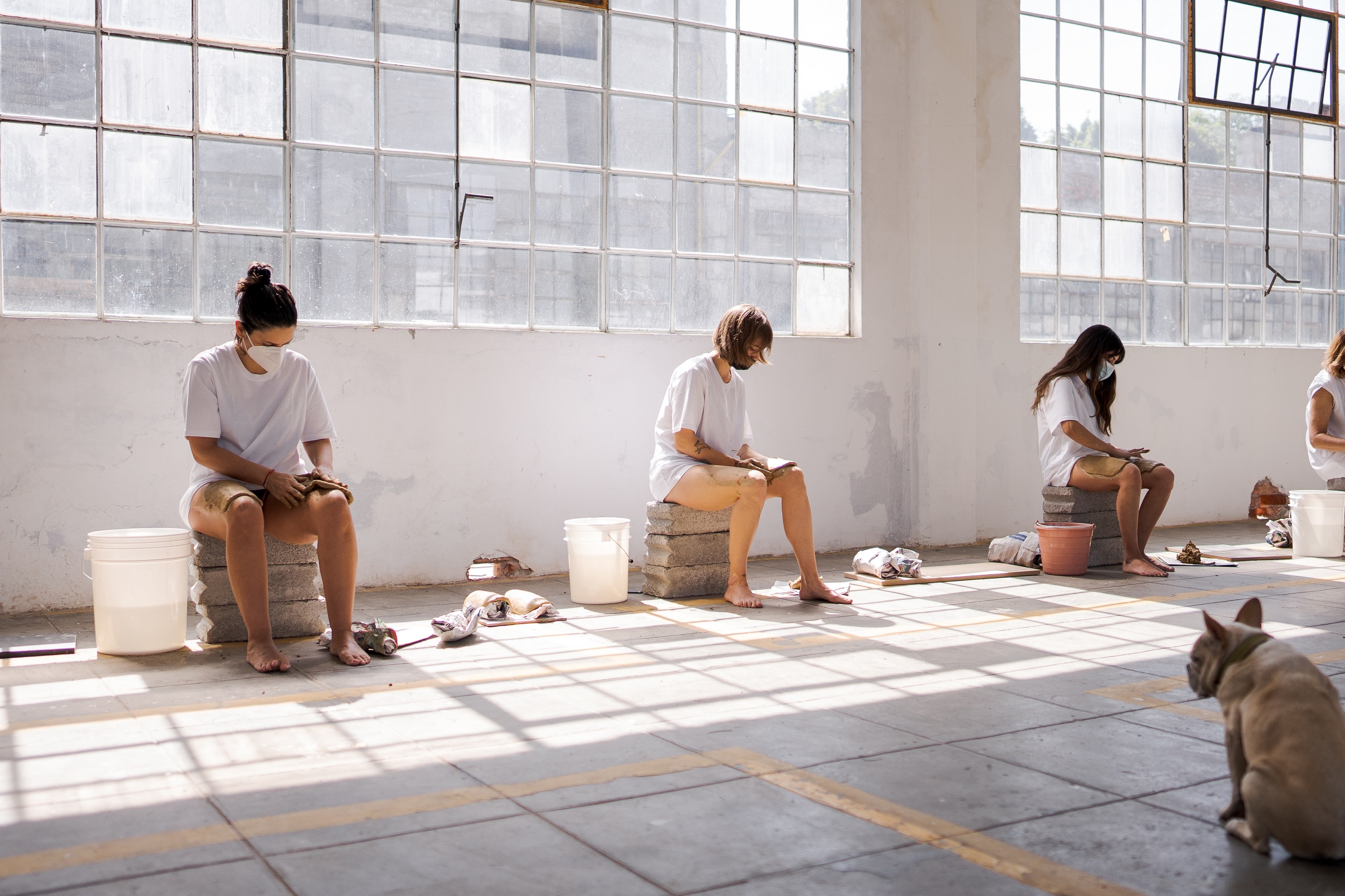
At the beginning, I asked you about the place of the body regarding knowledge. Now, I would like to ask about the place of nature regarding knowledge.
I have learned a lot from nature. Through this obsession and tracking that I have been doing for many years, specifically with the wind, I feel like I have learned everything I know. The wind is the medium and vehicle of communication where everything is. It is a source of pollination that moves things from one place to the other: like this crazy fact that the soil of the Amazon is only fertile because of the sand from the Sahara desert, which comes flying like seas of sand winds across the ocean, to fertilize and pollinate all this flora. I feel like there are a lot of subtleties. Diana Taylor talks a lot about that, not so much regarding nature per se, but she talks about these notions of the archive and the repertoire. The archive is everything that we can consult, that which is palpable; it is the physical documents that we can always go through and that somehow already imply a very precise notion of building the narrative of history. Repertoires, on the other hand, are everything that cannot be documented, such as oral history, for example.
So, what has happened is that I have expanded my sources for searching for knowledge, including not only the places that I can always visit. I began having interlocutions with other agents, such as the wind. I am very interested in the body in relation to its environment, whether natural or non-natural, in the sense of the implications it entails. What kind of effects do the places we walk through, inhabit, visit, or navigate have on the construction of our subjectivities?
